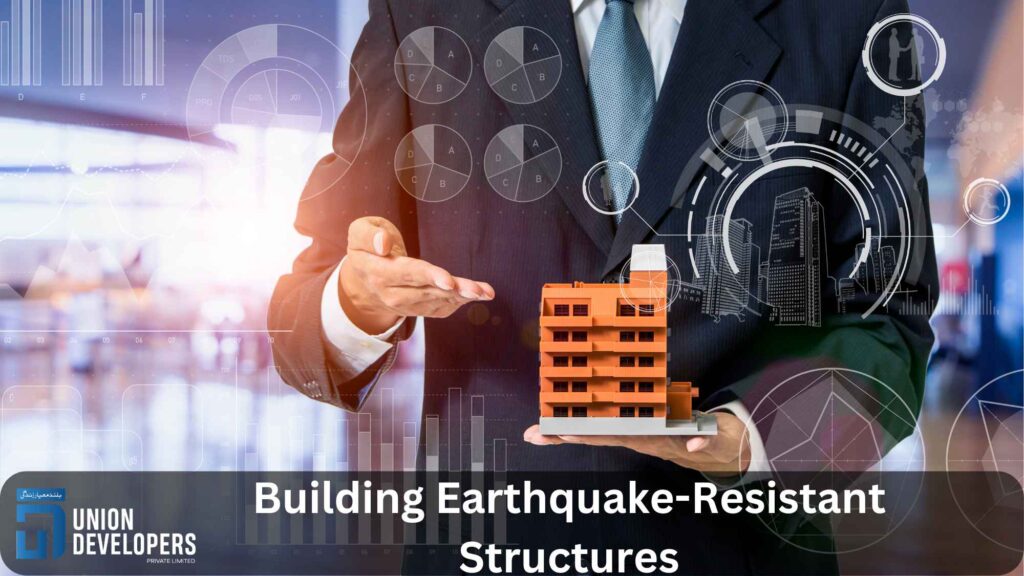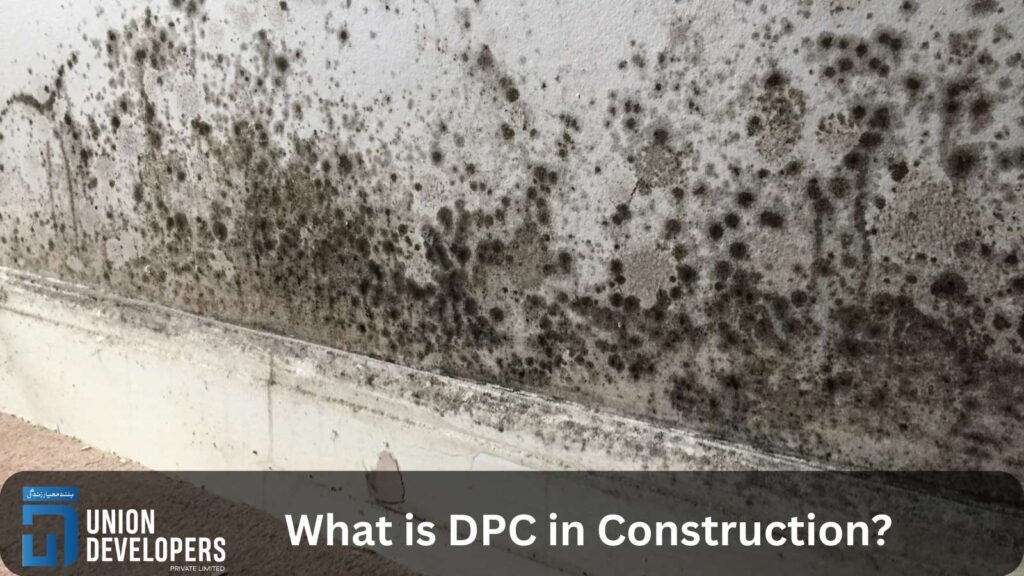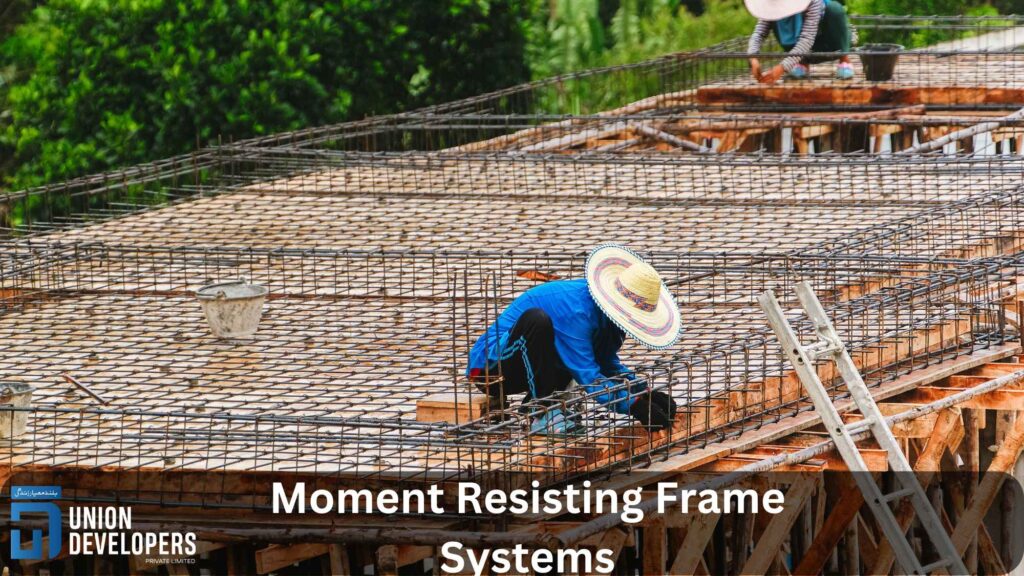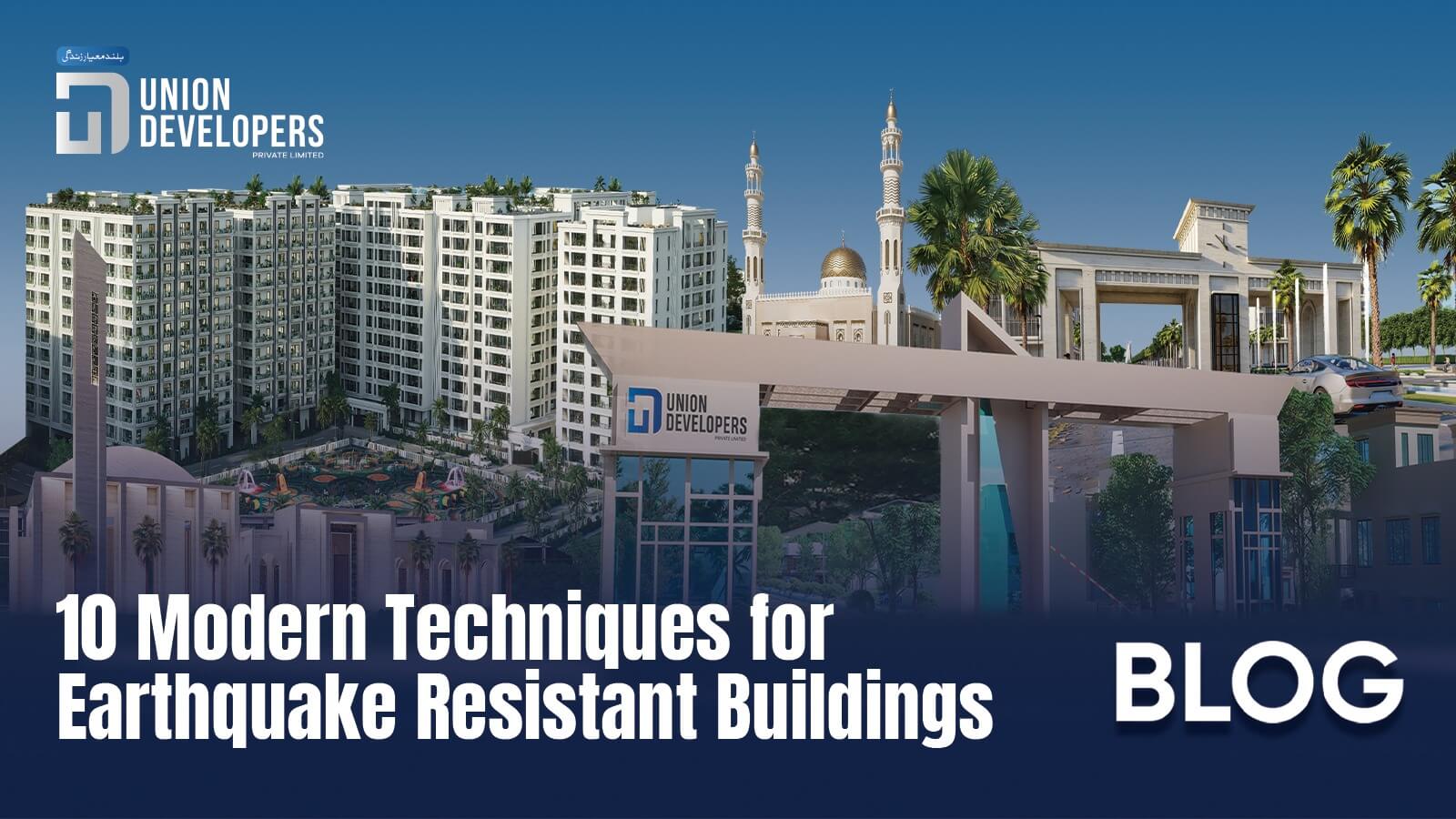Earthquake-resistant buildings aim to minimise the impact of seismic forces on the buildings and protect the users of the buildings from structural damage. As with any natural disaster, the occurrence of earthquakes can be more or less predictable and therefore modern techniques are of utmost importance in the construction of any kind of building. Below are some of the most effective methods and materials currently being used in structures designed to lessen the effects of earthquakes.
10 Innovative Approaches to Building Earthquake-Resistant Structures

1. Base Isolation Systems
What is Base Isolation?
Base isolation is a method that involves using dampers or pads to separate building structures from their foundations. These isolators prevent the loads generated by earthquakes from being transmitted to the building.
Benefits:
- Limits the seismic exerted motion of the ground to the building.
- Safeguard the base along with the people occupying the structure, from violent movements.
- Implemented in critical installations like hospitals, rescue and emergency centres.
2. Dampers: Shock Absorbers for Buildings
Types of Dampers
Viscous Dampers: These dampers contain fluids that absorb earthquake shock waves & protect the structure.
Tuned Mass Dampers (TMD): In an earthquake, heavy-moving masses offset regular building movement.
Friction Dampers: Reduce seismic activity by applying friction on certain surfaces.
Advantages
- Reduced the structural response to an earthquake.
- Applicable on currently existing structures.
- Works well on tall buildings as well as those with large spans.
3. Shear Walls and Cross-Bracing
Shear Walls:
- Shear walls are vertical elements that provide lateral resistance to seismic forces.
- These walls are often made from reinforced concrete or steel.
Cross-Bracing:
- This technique involves placing diagonal braces across the building’s frame to transfer lateral forces to the foundation.
- Steel cross-bracing is a common choice due to its strength and flexibility.
Benefits:
- Both techniques enhance a building’s ability to resist horizontal forces from earthquakes.
- Increases structural rigidity and reduces deformation.
4. Use of Damping in Construction (DPC)

What is DPC (Damp Proof Course)?
- Damp Proof Course (DPC), a waterproofing foil material, is placed at certain levels in a building under the ground as an additional guarding level against water penetration through the walls.
- DPC also helps provide further protection to structures that undergo construction in an earthquake-sensitive region by shielding the mode of structural deterioration that arises from water intrusion.
Why Use DPC in Construction for Earthquake Resistance?
- Reduces the erosion of building materials especially concrete which degenerates under moist conditions.
- Prevents water from getting into the supporting structure and helps to keep it intact during earthquakes.
5. Reinforced Concrete Frames
What are Reinforced Concrete Frames?
A reinforced concrete frame house is a composite material made of concrete and steel which helps to scatter the energy from the earthquake as well as add strength to the structure.
Advantages:
- Endure an enormous amount of load/force without failing.
- If properly designed, such frames may present remarkable performance to the forces in earthquakes.
- Drawbacks of non-braced frames, often for multi-storey buildings as these structures’ components specialise in seismic force dampening.
6. Flexible Foundations
What are Flexible Foundations?
- Flexible foundations are designed and built in such a way that they allow some movement of the structure during the earthquake.
- The principle is to allow the building to move with the forces produced by an earthquake rather than trying to prevent such motions.
Techniques Involved:
- Use of rubber bearings, sliding bearings and hybrid bearing systems in the base isolation system.
- Decreases coordination stress in the structure during seismic events by going around protruding parts of seismic structural forces.
Key Advantages:
- Flexibility means the absence of out-of-control sudden blows.
- Damage is minimal, especially with high-rise buildings.
7. Lightweight Building Materials
Why Lightweight Materials are so Important?
- Some structures are heavier than others, making it easier for the seismic forces to exert their effects.
- Lessen the force reaction in an ‘earthquake’ by using relatively lighter materials in the construction.
Common Lightweight Materials:
- These include steel, aluminium and composite materials such as fibreglass.
- They can also consist of lightweight concrete which may substitute for walls and floors.
Benefits:
- Less cumbersome materials are easy to handle when it comes to construction.
- Assists in alleviating the cumulative on the foundation.
8. Seismic Retrofitting for Existing Buildings
What is Seismic Retrofitting?
- Seismic retrofitting is quite interesting as it entails the alteration of a building component to make that building resistant to destruction.
Techniques Include:
- The incorporation of staircase walls cross bracing or base isolation techniques into older buildings.
- Use of steel or carbon fibre wraps on the interior of pillars and beams for reinforcing.
Advantages:
- It is one of the most inexpensive methods for the upgradation of old basements.
- Secure the structure without carrying out total demolition.
9. Selected Moment Resisting Frame Systems

What is Selected Moment Resisting Frame Systems?
- These frames are built to allow flexural movements at the joints of buildings and not to fail thereby improving the ability to resist earthquakes.
- The joints between the beams and the columns are capable of resisting bending moments thus accommodating some degree of curving.
Applications:
- These systems are predominantly found in skyscrapers and bridges.
- Provides mobility and resistance without endangering the structure.
Benefits:
- Can take high shear forces axially without falling.
- It reduces the requirement for vast impairments.
10. Earthquake-Resistant Roof Systems
How to Approach the Participatory Roofing?
- Roofing material as well as the roof design are also important when it comes to earthquake-resistant structures.
- Light materials like metal or tile reduce the total mass of the structure and this lowers the effect of seismic forces.
Key Points
- Avoid heavy roofing in regions with earthquake incidences such as concrete and clay tile roofs.
- There is also the possibility of using stiff trusses with cross-bracing systems to increase the stability of the roof structure.
Conclusion
When designing or constructing buildings that can bear tremors, usually some combination of the above techniques is employed to achieve the greatest efficiency. From the provision of base isolation to the adoption of DPC in construction, each technique provides some degree of protection against any probable earthquake damage.
It is possible to build structures that are not only life-saving after an earthquake, but which will also be fairly easy and fast to restore after an earthquake using contemporary technology and materials. Focusing on earthquake-safe structures is a smart investment in terms of public safety and sustainability.





